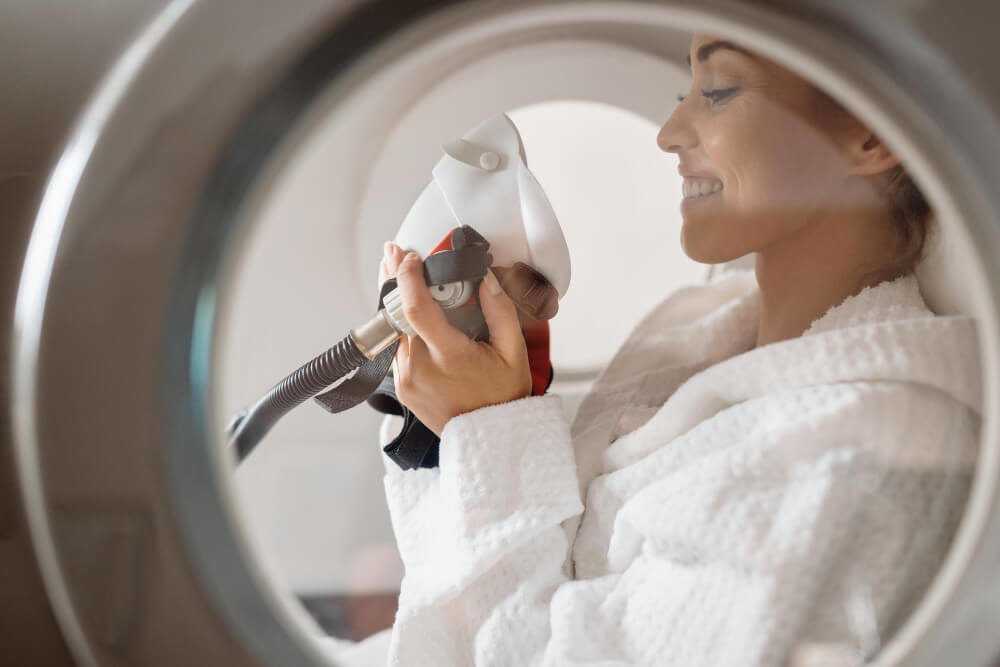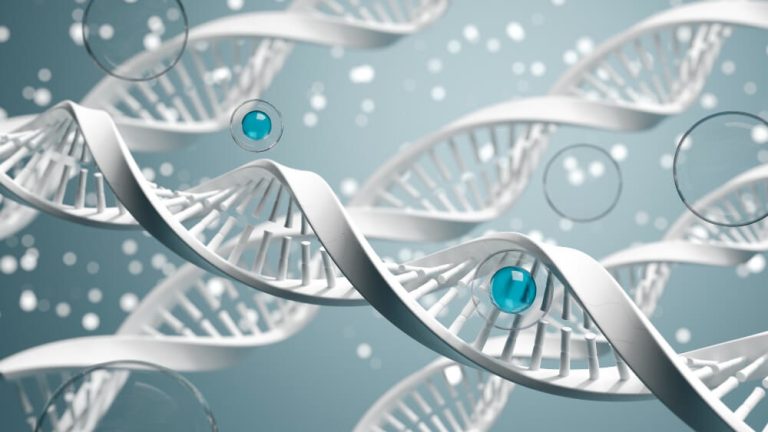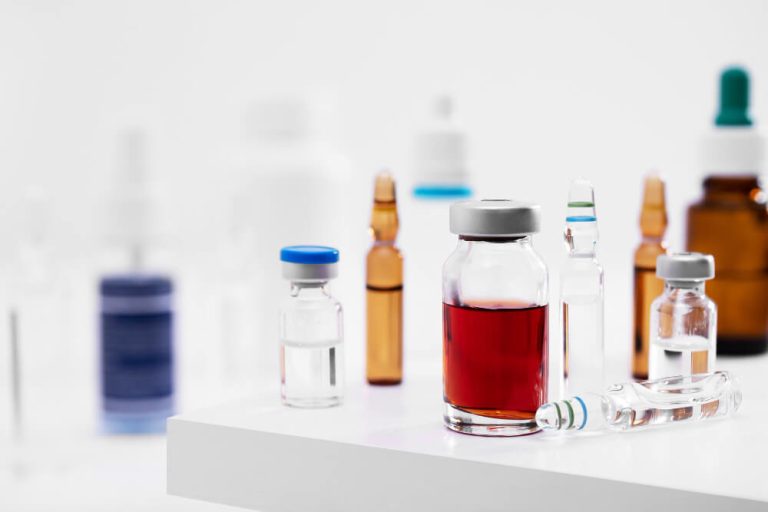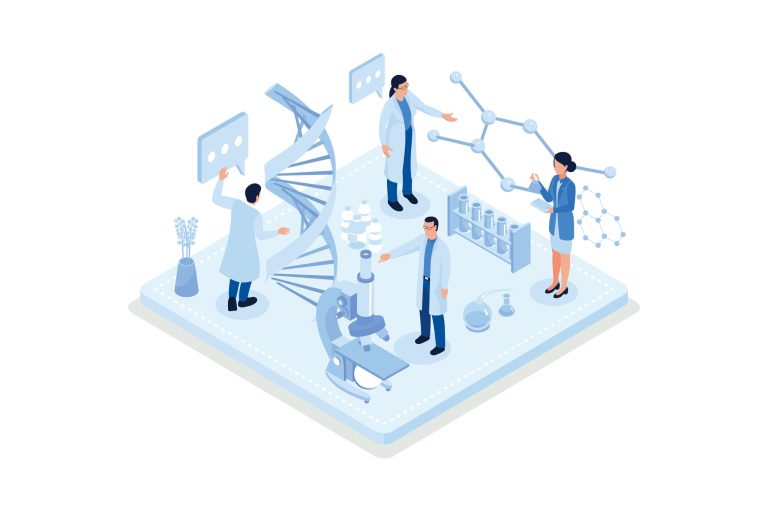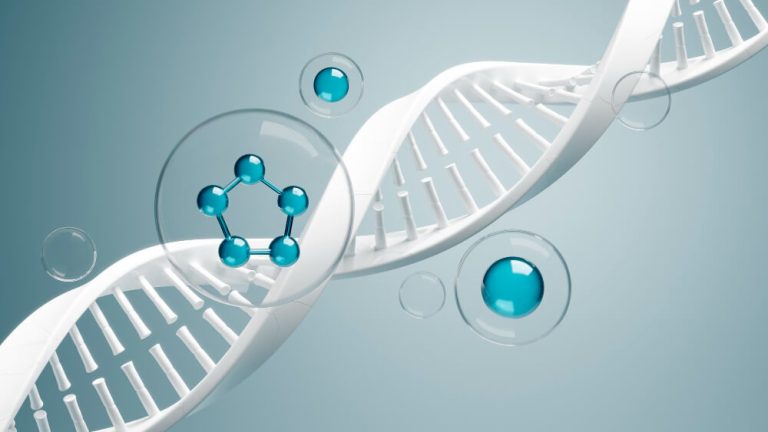The Ultimate Guide to Nurturing Your Gut: Your Pathway to Total Body Wellness
Your gut is far more than just a digestive tube. It is a complex and intelligent ecosystem, a bustling metropolis of trillions of microorganisms that influences nearly every aspect of your health. From your mood and immune system to your energy levels and skin clarity, the state of your gut sends ripples throughout your entire body. It is the very foundation of your well-being, acting as a central command center for health and longevity.
For decades, we viewed digestion as a simple mechanical process. Now, we understand that this internal world, collectively known as the gut microbiome, is a critical partner in our health journey. Nurturing this microscopic community is one of the most powerful actions you can take to enhance your vitality and protect yourself against chronic disease. This is not about a quick fix or a fad diet; it is about adopting a lifestyle that supports this delicate internal balance.
Achieving optimal wellness begins with a deep appreciation for this connection between your gut and your overall health. It requires looking beyond symptoms and addressing the root causes of imbalance. Understanding the fundamentals of gut health is the first, most crucial step towards transforming your physical and mental state, unlocking a new level of vitality you may not have thought possible.

What is the Gut Microbiome and Why Does It Matter?
Imagine a vibrant, thriving rainforest, teeming with diverse species all working in harmony. This is a perfect analogy for your gut microbiome. It is home to trillions of bacteria, viruses, fungi, and other microbes that reside primarily in your large intestine. While the word ‘bacteria’ might sound alarming, the vast majority of these organisms are beneficial, playing essential roles in keeping you healthy.
This microbial community is unique to you, like a fingerprint. It is influenced by your genetics, environment, diet, and lifestyle from the moment you are born. A healthy microbiome is characterized by diversity; a wide variety of beneficial species helps ensure the ecosystem is resilient and can perform its many jobs effectively. When this diversity dwindles, the system becomes vulnerable to disruption.
So, what exactly do these microbes do? Their job description is extensive. They help you digest food components that your body cannot break down on its own, such as certain fibers. In doing so, they produce vital compounds called short-chain fatty acids, like butyrate, which is the primary fuel source for the cells lining your colon and has powerful anti-inflammatory effects.
Furthermore, your gut microbes synthesize essential vitamins, including vitamin K and several B vitamins. They are instrumental in training and regulating your immune system, as a large portion of your immune cells reside in the gut. They also protect you from pathogenic invaders by competing for space and resources, effectively crowding out harmful bacteria. Perhaps most fascinating is their constant communication with your brain via the gut-brain axis, influencing everything from mood and anxiety to cognitive function.

What Are the Signs of an Unhealthy Gut?
When the delicate balance of your gut microbiome is disturbed, the signs are not always confined to your digestive system. While issues like chronic bloating, gas, constipation, diarrhea, and heartburn are classic red flags, the signals of a struggling gut can appear in many different, seemingly unrelated ways. Recognizing these wider symptoms is key to connecting the dots back to your gut health.
Your skin is often a mirror of your internal health. Persistent skin conditions like eczema, psoriasis, rosacea, and acne can be linked to gut inflammation. An imbalanced gut can lead to increased intestinal permeability, a condition often called ‘leaky gut’, allowing particles to enter the bloodstream and trigger an inflammatory response that manifests on your skin.
Your mental and emotional state is also profoundly connected to your gut. If you experience frequent mood swings, anxiety, depression, or brain fog, your microbiome could be a contributing factor. The gut produces a significant amount of neurotransmitters, including serotonin, the ‘feel-good’ chemical. An unhealthy gut environment can disrupt this production, impacting your mental clarity and emotional resilience.
Do you feel like you are always getting sick? A compromised gut can weaken your immune defenses, making you more susceptible to colds, flu, and other infections. Since a majority of your immune system is located in the gut, any imbalance there directly affects its ability to function properly. Similarly, persistent fatigue that is not resolved with rest can also be a sign, as your gut plays a role in energy production and nutrient absorption.
Other potential indicators include the development of new food intolerances, where your body struggles to digest certain foods that previously caused no issue. Unintentional weight fluctuations, both gain and loss, can also be tied to microbial imbalance, which affects how your body stores fat, regulates blood sugar, and balances hormones that control appetite. The presence of autoimmune conditions, where the body’s immune system attacks its own tissues, is also strongly linked to gut health.
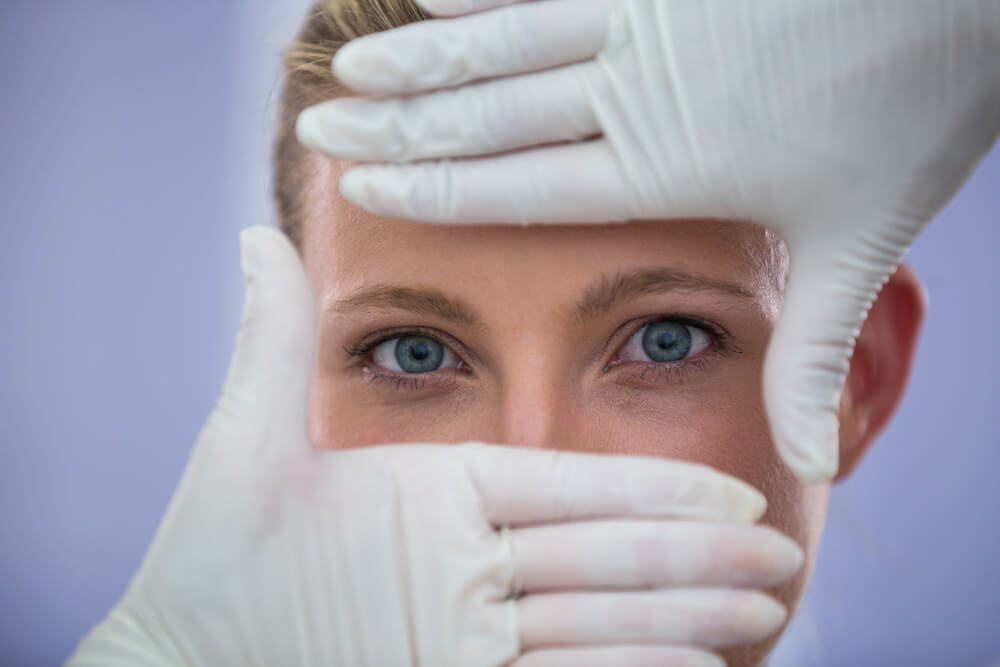
What Causes Poor Gut Health?
Several factors in our modern world can disrupt the delicate harmony of the gut microbiome, leading to a state of imbalance and the symptoms that follow. Understanding these root causes is the first step toward reclaiming control over your digestive wellness and, by extension, your overall health. The disruption often stems from a combination of diet, lifestyle, and environmental exposures.

Can a Poor Diet Harm Your Gut?
Absolutely. The food you eat is the most direct and powerful tool you have to shape your gut microbiome. A diet high in processed foods, refined sugars, and unhealthy fats can be detrimental. These foods tend to feed the less desirable, pro-inflammatory bacteria and yeast in your gut, allowing them to proliferate and crowd out the beneficial species.
Refined sugar, in particular, can fuel the growth of organisms like Candida and reduce microbial diversity. A lack of dietary fiber is another major issue. Fiber is the primary food source for your beneficial gut bacteria. When they are starved of fiber, their populations decline, and the health of your gut lining suffers. Consistently eating a narrow range of foods also limits the diversity of your microbiome, making it less robust.

What is Gut Dysbiosis?
When the harmful factors overwhelm the beneficial ones, it can lead to a condition of microbial imbalance. This imbalance, known as the clinical definition and pathophysiology of gut dysbiosis, is a key factor in many chronic health issues. It is not just about having ‘bad’ bacteria; it can also mean a loss of beneficial bacteria or a general lack of microbial diversity.
Dysbiosis creates a dysfunctional gut environment. It can lead to increased intestinal permeability, allowing toxins and undigested food particles to leak into the bloodstream, triggering a systemic inflammatory response. This chronic, low-grade inflammation is now understood to be a driver of many modern diseases, from metabolic syndrome and heart disease to autoimmune conditions and neurodegenerative disorders.
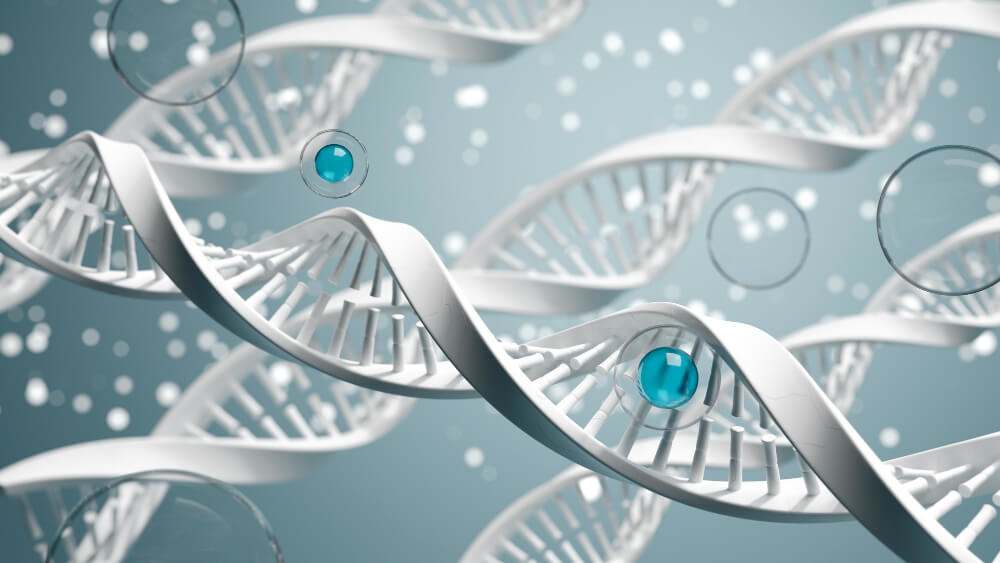
How Do Stress and Sleep Affect the Gut?
Your mind and your gut are in constant conversation through the gut-brain axis. Chronic psychological stress is a powerful disruptor of this communication and of gut health itself. Stress hormones like cortisol can negatively alter the composition of your gut bacteria, decrease blood flow to the gut, and increase gut permeability, contributing to inflammation.
Sleep is equally critical. The relationship between sleep and the gut is bidirectional. Poor sleep quality or insufficient sleep can negatively impact the diversity of your microbiome. The connection is so strong that research continues to explore how sleep affects your gut in profound ways. Conversely, an imbalanced gut can disrupt the production of neurotransmitters and hormones that regulate sleep, creating a vicious cycle of poor sleep and poor gut health.
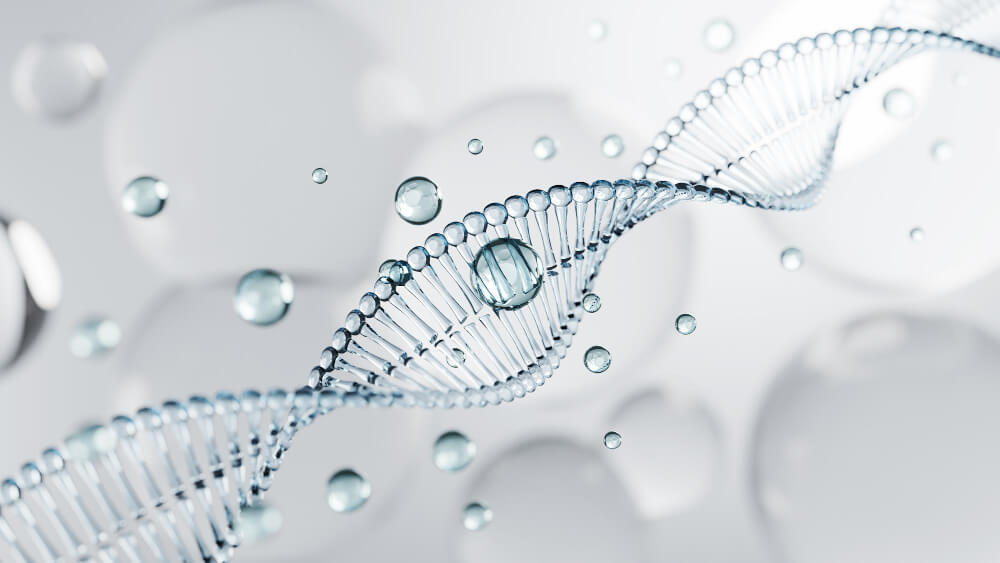
Are Antibiotics and Other Medications a Factor?
While often medically necessary, antibiotics are a significant disruptor of the gut microbiome. They are designed to kill bacteria but cannot distinguish between harmful pathogens and the beneficial bacteria that support your health. A single course of antibiotics can alter the microbiome for months or even longer, reducing diversity and creating an opportunity for less desirable microbes to take over.
Other common medications can also have an impact. Non-steroidal anti-inflammatory drugs (NSAIDs) can irritate the gut lining, and other medications may alter the gut environment in subtle ways. It is always important to use medications as prescribed by a healthcare professional but also to be mindful of their potential impact on your gut and to take steps to support your microbiome during and after treatment.

How Can You Improve Your Gut Health?
Improving your gut health is an empowering journey that involves making conscious, consistent choices every day. The good news is that your microbiome is dynamic and can respond relatively quickly to positive changes. By focusing on a holistic approach that encompasses diet, lifestyle, and targeted support, you can cultivate a thriving internal ecosystem.

What Foods Should You Eat for a Healthy Gut?
Diet is your primary tool for shaping a healthy gut. The goal is to feed your beneficial microbes and create an environment where they can flourish. The single most important principle is diversity. Aim to ‘eat the rainbow’ by incorporating a wide variety of plant-based foods into your diet each week. Each plant provides different types of fibers and phytonutrients that feed different species of bacteria.
A diet rich in fiber is non-negotiable. Fiber acts as a prebiotic, which is essentially fertilizer for your good gut bugs. Include plenty of soluble fiber from sources like oats, barley, apples, and beans, and insoluble fiber from nuts, vegetables, and whole grains. These fibers resist digestion and travel to the colon, where they are fermented by your microbes into beneficial short-chain fatty acids.
In addition to prebiotic fibers, you can consume probiotics, which are live beneficial bacteria found in fermented foods. Incorporating foods like plain yogurt, kefir, sauerkraut, kimchi, miso, and kombucha can help introduce beneficial microbes directly into your system. Learning the difference between prebiotics, probiotics, and your health is crucial for a targeted approach to nourishing your gut.
Finally, do not forget about polyphenols. These are powerful antioxidant compounds found in plants that give them their vibrant colors. Berries, dark chocolate, green tea, olive oil, and red grapes are excellent sources. Your gut microbes feed on polyphenols and convert them into other beneficial anti-inflammatory compounds, further supporting your health.
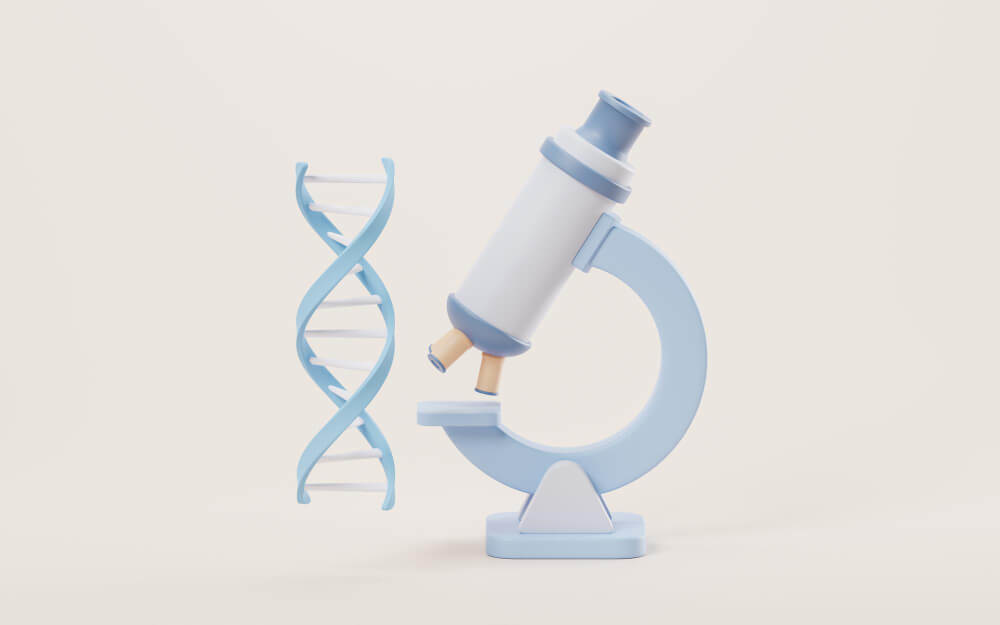
What Lifestyle Changes Support a Healthy Gut?
Beyond diet, your daily habits play a profound role in the health of your microbiome. Managing stress is paramount. Chronic stress can wreak havoc on your gut, so incorporating stress-reduction techniques is essential. This could include a daily meditation practice, deep breathing exercises, yoga, spending time in nature, or engaging in a hobby you love.
Prioritizing sleep is another cornerstone of gut health. Aim for 7-9 hours of high-quality, uninterrupted sleep per night. Establish a regular sleep schedule, create a relaxing bedtime routine, and make your bedroom a sanctuary for rest. This allows your body, including your gut, the time it needs to repair and regenerate.
Regular, moderate exercise is also beneficial. Physical activity has been shown to increase microbial diversity and promote the growth of beneficial bacteria. Aim for a mix of cardiovascular exercise, strength training, and flexibility. Even a brisk daily walk can make a positive difference. Leading institutions offer simple tips on how to support your digestive system through these daily habits.
Staying well-hydrated is also important. Water helps fiber do its job of moving waste through your system and supports the health of the mucosal lining of the intestines. Listening to your body and implementing these foundational lifestyle practices can create a powerful synergistic effect.

Should You Consider Supplements?
While a food-first approach is always best, certain supplements can provide targeted support for gut health, especially when you are actively working to heal and rebalance your microbiome. Probiotic supplements can be useful for repopulating the gut with beneficial bacteria, particularly after a course of antibiotics or during periods of digestive distress. Look for a high-quality, multi-strain probiotic.
Prebiotic supplements, such as those containing inulin or FOS, can provide a concentrated dose of food for your good bacteria. However, it is important to start with a low dose, as they can sometimes cause gas and bloating initially. Consulting with a healthcare professional is always recommended before starting a new supplement regimen.
Other supplements may support the integrity of the gut lining. While food is the best source of nutrients, certain supplements like L-glutamine may offer additional support for the gut lining under specific circumstances. This amino acid serves as a primary fuel source for intestinal cells and can help maintain a strong gut barrier. Zinc, digestive enzymes, and certain herbal extracts like slippery elm or marshmallow root may also be beneficial for some individuals.
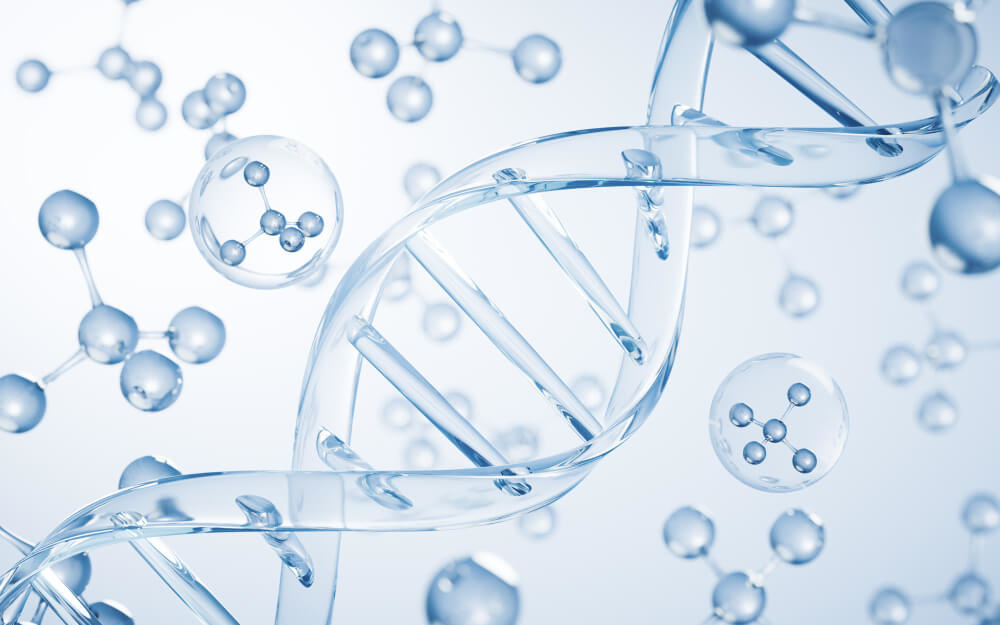
How Can You Test Your Gut Health?
While implementing positive diet and lifestyle changes is a great start for anyone, sometimes a more detailed look inside is necessary. If you have persistent symptoms or simply want a more personalized and data-driven approach to optimizing your health, advanced gut testing can provide invaluable insights. These tests go far beyond what is typically available in a conventional medical setting.
These advanced diagnostics offer a window into your unique microbial ecosystem. They can identify specific imbalances, uncover hidden infections, and measure markers of digestion and inflammation. This information allows you or your healthcare practitioner to create a highly targeted intervention plan tailored to your specific needs, rather than relying on a one-size-fits-all approach.

What is a Comprehensive Stool Analysis?
One of the most powerful tools available is a comprehensive stool analysis. Unlike a standard stool test that might only look for blood or a specific pathogen, these advanced tests use technologies like quantitative PCR (qPCR) or shotgun metagenomics to map out your entire microbiome. They can quantify the populations of key beneficial and pathogenic bacteria, yeast, and parasites.
These tests provide a wealth of information. They can reveal your level of microbial diversity, identify specific overgrown organisms contributing to your symptoms, and detect deficiencies in beneficial bacteria. They also often include markers for gut inflammation, immune function, and digestive capacity, such as how well you are breaking down fats and proteins. For practitioners and curious individuals, learning how to interpret comprehensive stool analysis provides a precise roadmap for personalized intervention and healing.

What is the Future of Gut Health and Regenerative Medicine?
As our understanding of the microbiome deepens, its central role in longevity and regenerative medicine becomes increasingly clear. The gut is not an isolated system; it is the gatekeeper to the rest of the body. The health of the gut lining and the balance of the microbiome directly influence systemic inflammation, a key driver of the aging process and nearly all chronic diseases.
An imbalanced gut can perpetuate a cycle of chronic, low-grade inflammation that accelerates aging and contributes to conditions far beyond the digestive tract. This systemic inflammation originating from a compromised gut can affect all parts of the body, including joints, the brain, and the cardiovascular system. This connection is why the principles of regenerative medicine, such as innovative approaches like exosome therapy for orthopedic and pain management applications, are increasingly viewed through the lens of whole-body health, which always starts with the gut.
Future therapies will likely focus on precision microbiome modulation. This could involve highly personalized probiotics, prebiotics, and postbiotics (the beneficial compounds produced by bacteria) to correct specific imbalances. Fecal microbiota transplantation (FMT) is already used for certain conditions, and its applications may expand. The goal is to move beyond managing symptoms and toward restoring the body’s innate capacity for healing and regeneration by starting at the source: the gut.
Your gut health is a journey, not a destination. It is a daily practice of nourishing the vast, microscopic world within you. By embracing a diet rich in diverse plants, managing stress, prioritizing sleep, and staying active, you are making a profound investment in your long-term health and vitality. Every positive choice you make sends a signal to your microbiome, helping to cultivate an internal environment of balance and resilience.
Frequently Asked Questions

How can clinicians effectively reduce the high rate of SIBO recurrence after initial treatment?
Addressing the underlying cause of impaired gut motility is the cornerstone of preventing SIBO recurrence. Prokinetic agents are critical tools, as they stimulate the migrating motor complex (MMC), the gut’s "housekeeping wave" that clears bacteria between meals. Evidence supports the use of low-dose erythromycin, prucalopride, or low-dose naltrexone (LDN) initiated immediately after completing an antimicrobial protocol.
Beyond prokinetics, clinicians must investigate and manage the root cause that initially led to SIBO. This may involve addressing structural issues like abdominal adhesions, managing systemic conditions such as hypothyroidism or Ehlers-Danlos syndrome, or correcting anatomical abnormalities. A comprehensive, long-term strategy that combines prokinetic therapy with root cause resolution offers patients the best chance for sustained remission.
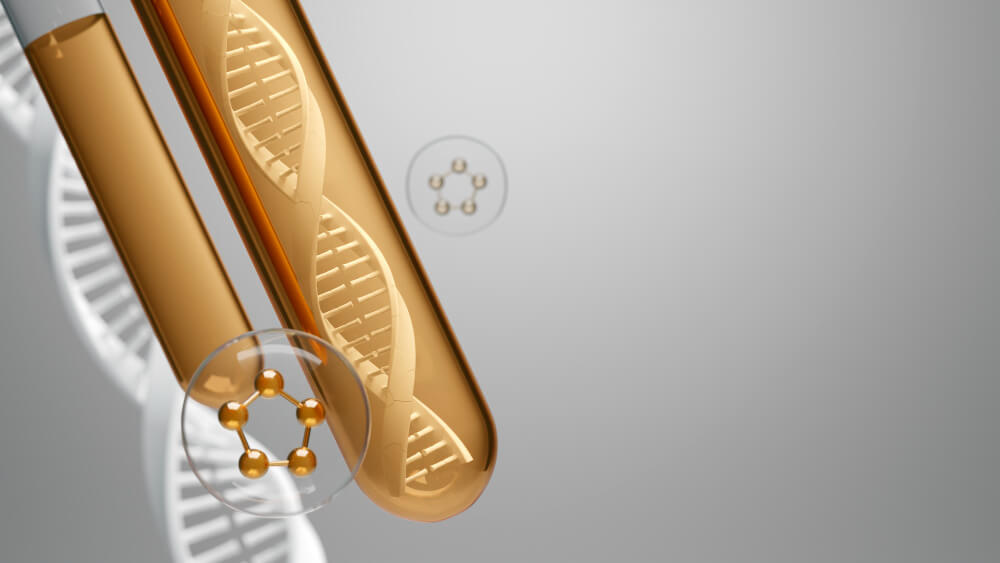
What is the current evidence-based approach for treating Hydrogen Sulfide (H2S) SIBO?
The treatment for Hydrogen Sulfide (H2S) SIBO is still an emerging area, but clinical evidence points towards a multi-faceted approach centered on bismuth subsalicylate. Bismuth acts as a luminal agent that binds the excess sulfide, helping to alleviate symptoms and reduce the microbial load. It is often used in conjunction with a targeted antibiotic like Rifaximin, although robust trial data for this combination is still developing.
In addition to bismuth, nutritional strategies play a key supportive role in managing H2S SIBO. A temporary low-sulfur diet can be implemented to reduce the substrate available to the sulfide-producing bacteria, which may include limiting cruciferous vegetables, onions, garlic, and red meat. Some clinicians also utilize specific nutrients like molybdenum, which supports the body’s natural sulfur-processing pathways, though this is based more on biochemical rationale than large-scale trials.
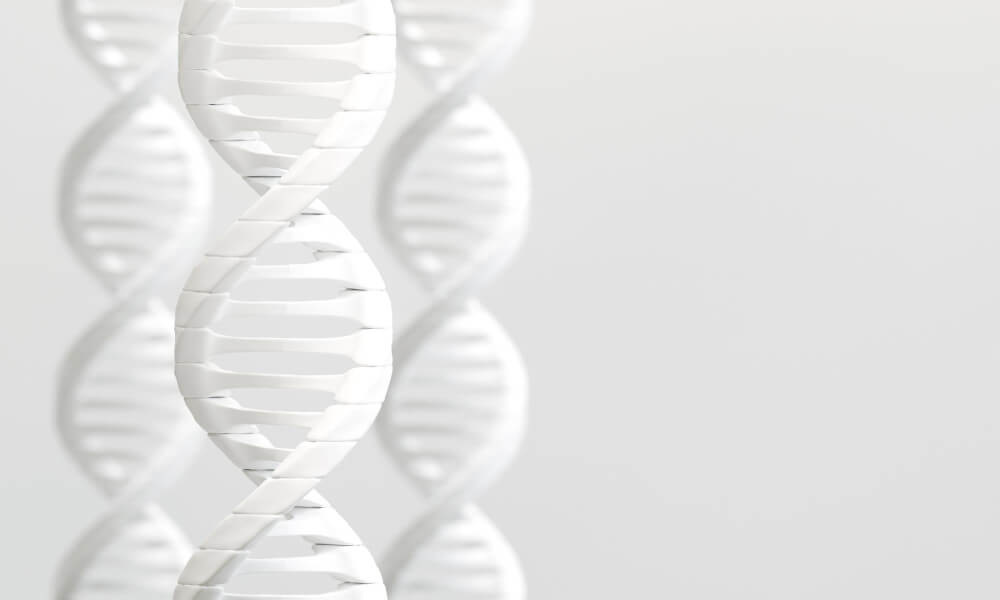
Can herbal and pharmaceutical protocols be used together, and what is the evidence for this approach?
While some practitioners may use herbal and pharmaceutical antimicrobials concurrently, this approach lacks strong evidence from controlled clinical trials. The more common strategy is to use them sequentially, for instance, by trying an herbal protocol if a course of Rifaximin fails or for patients who prefer a natural alternative for mild to moderate cases. The primary evidence for herbal efficacy, such as from studies on products containing berberine and oregano, evaluates them as standalone treatments compared to Rifaximin.
Combining therapies theoretically offers a broader spectrum of action but also increases the potential for side effects and significant disruption to the gut microbiome. Without clear evidence-based guidelines on synergistic dosing and safety, clinicians should exercise caution. A more prudent approach is to select one well-documented protocol, assess the patient’s response, and then pivot to an alternative therapy if the initial treatment is not successful.
Take the next step in your professional journey. Discover the most comprehensive functional medicine training, longevity training, and biohacking certification programs designed specifically for healthcare professionals, medics, and clinic owners who want to master regenerative medicine protocols and anti-aging therapies.

